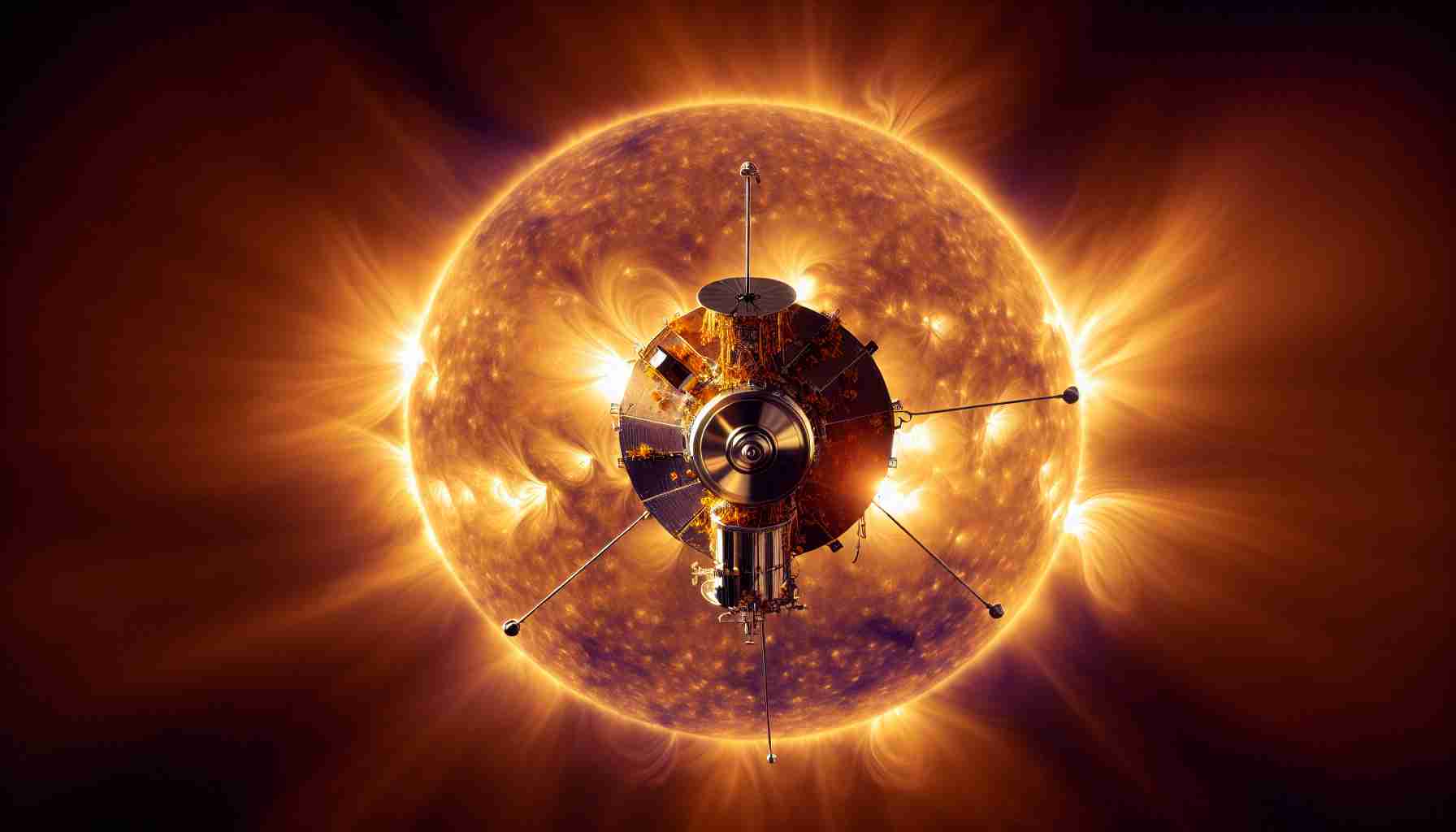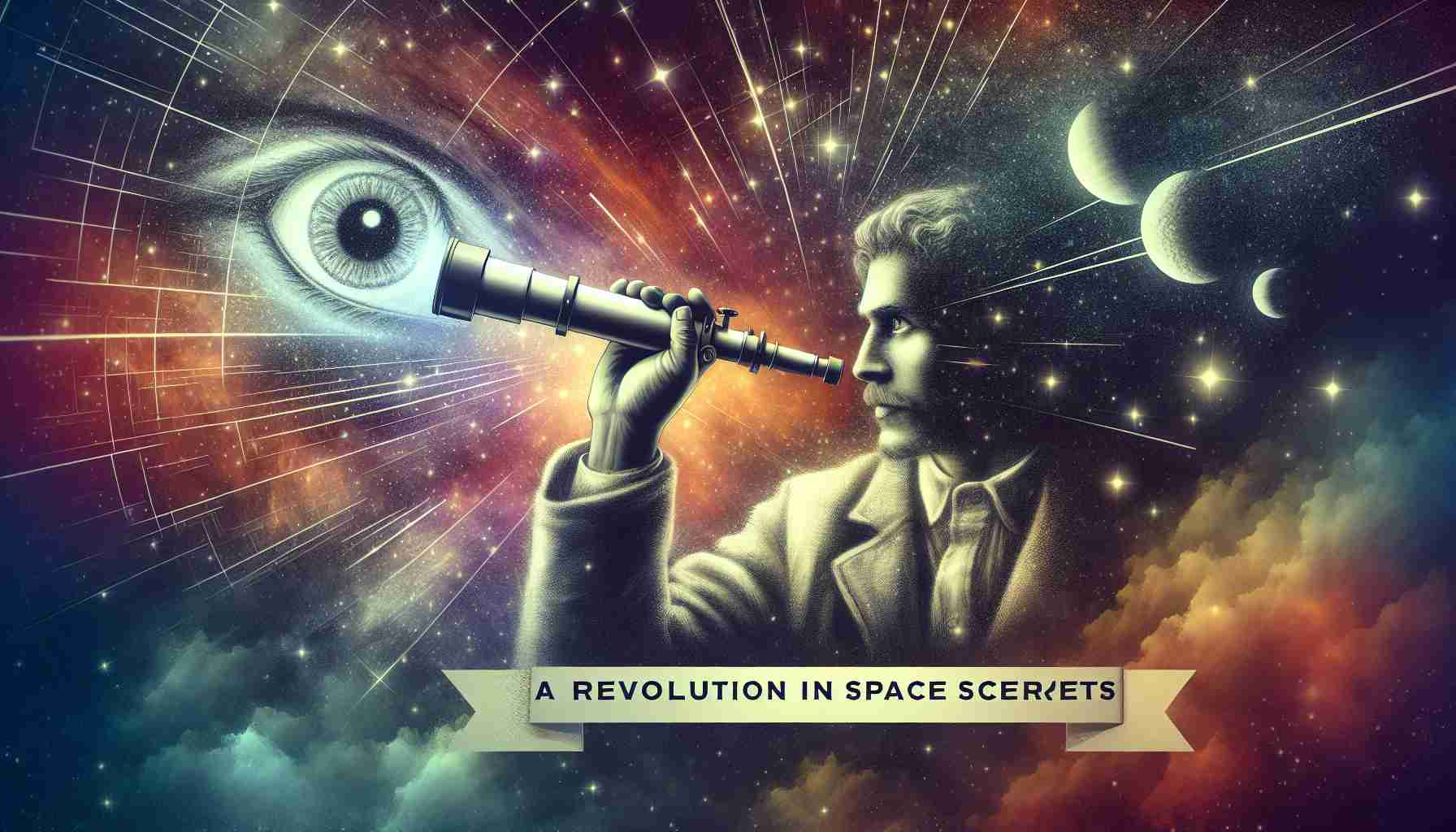Parker Solar Probe Reaches New Milestone
NASA’s Parker Solar Probe is achieving remarkable success during its latest mission as it prepares for its closest encounter with the sun to date. On December 24, at precisely 6:53 a.m. Eastern Time, it will come within just 6.1 million kilometers of the solar surface, a groundbreaking distance for any human-made object.
Launched in 2018, the Parker Solar Probe utilized multiple gravity-assist maneuvers around Venus to gradually reduce its orbit and reach this pivotal point. The recent flyby of Venus on November 6 proved crucial, setting the stage for this extraordinary perihelion.
According to mission experts, this event marks the moment when Parker Solar Probe will be closest to the sun, traveling at an astonishing speed of 191 kilometers per second. While it navigates these extreme conditions, the spacecraft will temporarily lose contact with Earth. However, it is designed to emit a signal on December 27, confirming successful operations throughout the flyby.
Equipped with an innovative thermal protection system, the Parker Solar Probe has exceeded expectations, maintaining surprisingly favorable temperatures during its proximity to the sun. Notably, the solar panels are aging more slowly than predicted, indicating that the mission is in excellent health and capable of extending its operational timeline.
As the Parker Solar Probe gathers invaluable data on solar winds and coronal mass ejections, it is paving the way for groundbreaking advancements in our understanding of the sun and its influence on the solar system. With additional close approaches scheduled in the coming years, this pioneering mission continues to reveal the secrets of our nearest star.
Breaking Barriers: Parker Solar Probe Nears the Sun with Unprecedented Precision
NASA’s Parker Solar Probe has reached a remarkable milestone as it preps for one of its closest encounters with the sun. This mission, launched in 2018, is not only about distance but also about understanding the solar phenomena that influence life on Earth and beyond.
Key Features of the Parker Solar Probe
– Innovative Design: The Parker Solar Probe is equipped with a cutting-edge thermal protection system, allowing it to endure extreme temperatures while collecting critical data. Its design includes a heat shield made of carbon-composite materials, designed to withstand temperatures exceeding 1,370 degrees Celsius (2,500 degrees Fahrenheit).
– Speed and Proximity: On December 24, when it reaches its closest point (perihelion) at just 6.1 million kilometers from the sun, it will be traveling at an astounding 191 kilometers per second (about 430,000 miles per hour), making it the fastest human-made object in history.
– Communication Strategy: While the probe will temporarily lose communications with Earth during its closest approach, it is programmed to send a confirmation signal about its operational status back to Earth on December 27.
Insights and Innovations
The mission aims to provide groundbreaking insights into several areas:
– Solar Winds: By analyzing the solar winds, the probe can help scientists understand how these streams of charged particles affect weather patterns in space, which can disrupt satellites and power grids on Earth.
– Coronal Mass Ejections (CMEs): The Parker Solar Probe is set to provide detailed data on CMEs, which can lead to geomagnetic storms, causing disruptions to technological systems in space and on Earth.
Pros and Cons of the Parker Solar Probe Mission
Pros:
1. Unparalleled Data Acquisition: The mission offers a unique opportunity to study the sun up close, leading to improved predictive models for solar activity.
2. Extended Mission Life: Indicators such as slower-than-expected aging of solar panels suggest the mission could surpass its operational expectations, potentially extending its research duration.
Cons:
1. Communication Challenges: Temporary loss of contact with Earth during critical phases could delay data transmission.
2. Harsh Environment: The extreme conditions around the sun present ongoing challenges for instrumentation and data collection.
Future Predictions and Market Analysis
As space exploration technologies advance, missions like the Parker Solar Probe are setting trends for the next generation of solar research. By taking us into the sun’s atmosphere, such missions are likely to inspire future investments in solar observation technologies and the aerospace sector.
Conclusion
The Parker Solar Probe is not merely a feat of engineering; it is a pioneer in solar science that promises to enhance our understanding of the sun’s behavior and its impact on the solar system. With ongoing missions and data collection, NASA continues to lead the way in space exploration and research.
For more information on NASA’s endeavors, you can visit NASA’s official website.












